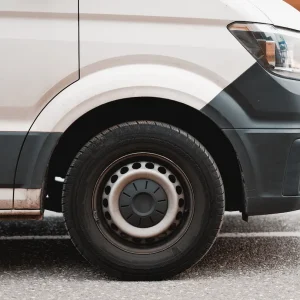TomTom Work only launched into the fleet arena two years ago, but it tripled its installation rate last year. Specialising in tracking, navigation and two-way messaging to and from a vehicle, the firm’s success has come mainly in small and medium-sized firms that had previously seen telematics as inaccessible.
UK sales manager Mike Gould reckons the current financial climate could be a benefit rather than curse for his firm. “Companies are looking to improve the way they run their business, improve efficiencies and drive costs down,” he says, pointing to the benefits his system can offer to firms. Gould also says the TomTom branding can help as companies look to the names they trust in a climate of uncertainty.
Click here for the full list of this year’s BusinessCar Awards.

 Readers of our sister magazine BusinessCar have chosen to give this year’s Telematics Award to a company that claims to be “the fastest-growing telematics company in the UK”.
Readers of our sister magazine BusinessCar have chosen to give this year’s Telematics Award to a company that claims to be “the fastest-growing telematics company in the UK”.




